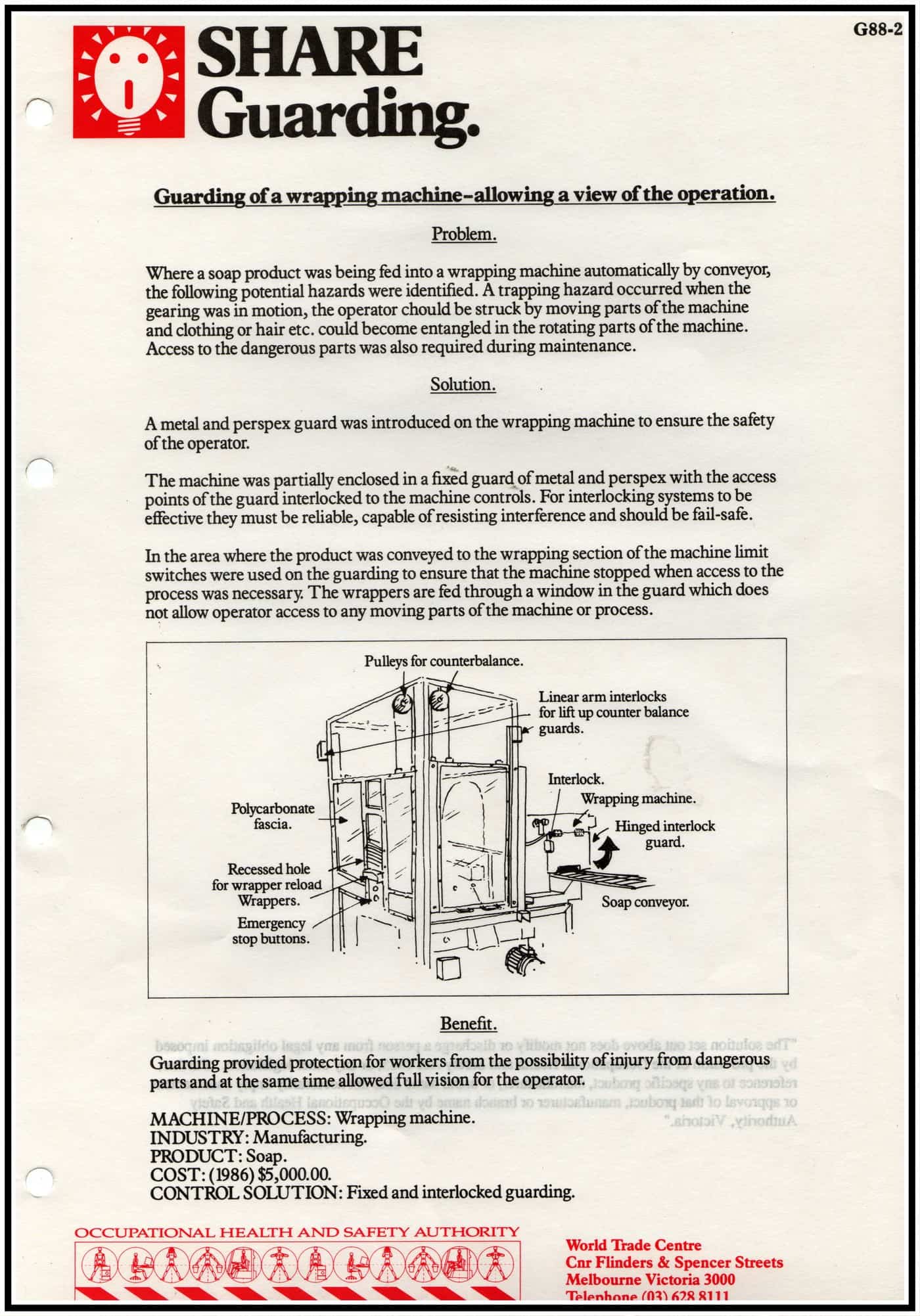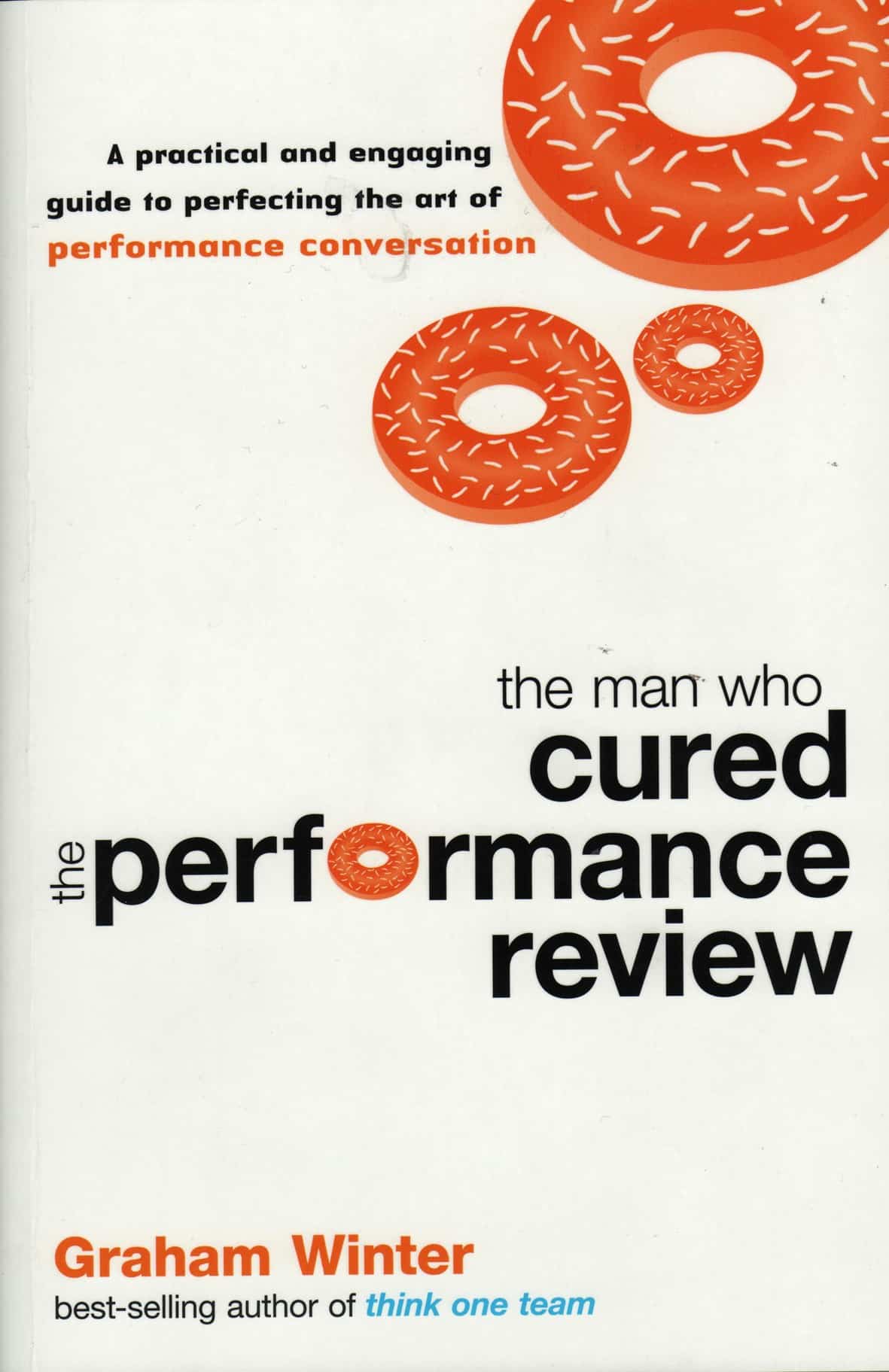The signs are not good for the future of BHP Billiton’s safety program. At the Diggers & Dealers conference in Western Australia on 5 August 2009, Ian Ashby, the President of BHP Billiton Iron Ore expanded on his statements some months ago about the poor safety practices at the company’s Pilbara worksites.
According to one media report, Ashby has said that BHP’s safety performance was “generally showing improving trends”. He also said
“We’re looking for systems to eliminate these tragic events….. There hasn’t been any epiphany but we need to increase the intentionality and focus.”
Ashby specified two particular occupational hazards
- traffic management, and
- “fatigue management to prevent excess working hours”.
In April 2009, Ashby identified the following safety areas as those requiring attention:
- Reduce site access;
- Improve contractor management;
- Enhance existing strategies to prevent excess working hours;
- Move rail operations from the Mine Safety and Inspection Act to the Rail Safety Act;
- Enhance traffic management standards, and;
- Suspend all non-essential work outside daylight hours
Ashby’s presentation to the conference is now available for download.
The concern for the future safety performance of BHP Billiton comes from Ashby statements that, according to the press report, “the root of the problem was a poor attitude towards safety in the Pilbara region.
“There is an element that I don’t like to dwell on, but there is a complacency generally in the Australian workforce and a bit of an arrogance. I think some of that is quite manifest in the Pilbara.”
Ashby must have read the comments by Warren Edney about the lack of “safety brainwashing” in relation to the Pilbara miners. [SafetyAtWorkBlog has tried to clarify Edney’s comments with his employer, Royal Bank of Scotland]
The machismo of mine workers and new mining employers may be part of the issue but, as has been pointed out before, a similar Australian company in the same industry sector in very similar geographies – Rio Tinto – does not have anywhere near the same amount of fatalities even though it draw from the same worker demographics.
The OHS issue at BHP Billiton seems to be developing into a classic study of safety versus production.
It may be useful to note the report in the business section of The Age newspaper entitled “China taking all the ore we can ship: BHP“, a report generated from the same presentation by Ian Ashby at Diggers & Dealers’.




 who was the chief psychologist for the Australian Olympic team and is now an author and business adviser. In August 2009 he has a book released entitled “The Man Who Cured the Performance Review”.
who was the chief psychologist for the Australian Olympic team and is now an author and business adviser. In August 2009 he has a book released entitled “The Man Who Cured the Performance Review”. “Telstra launches new smartphone to power workforce productivity
“Telstra launches new smartphone to power workforce productivity